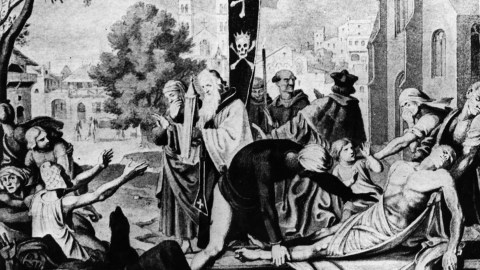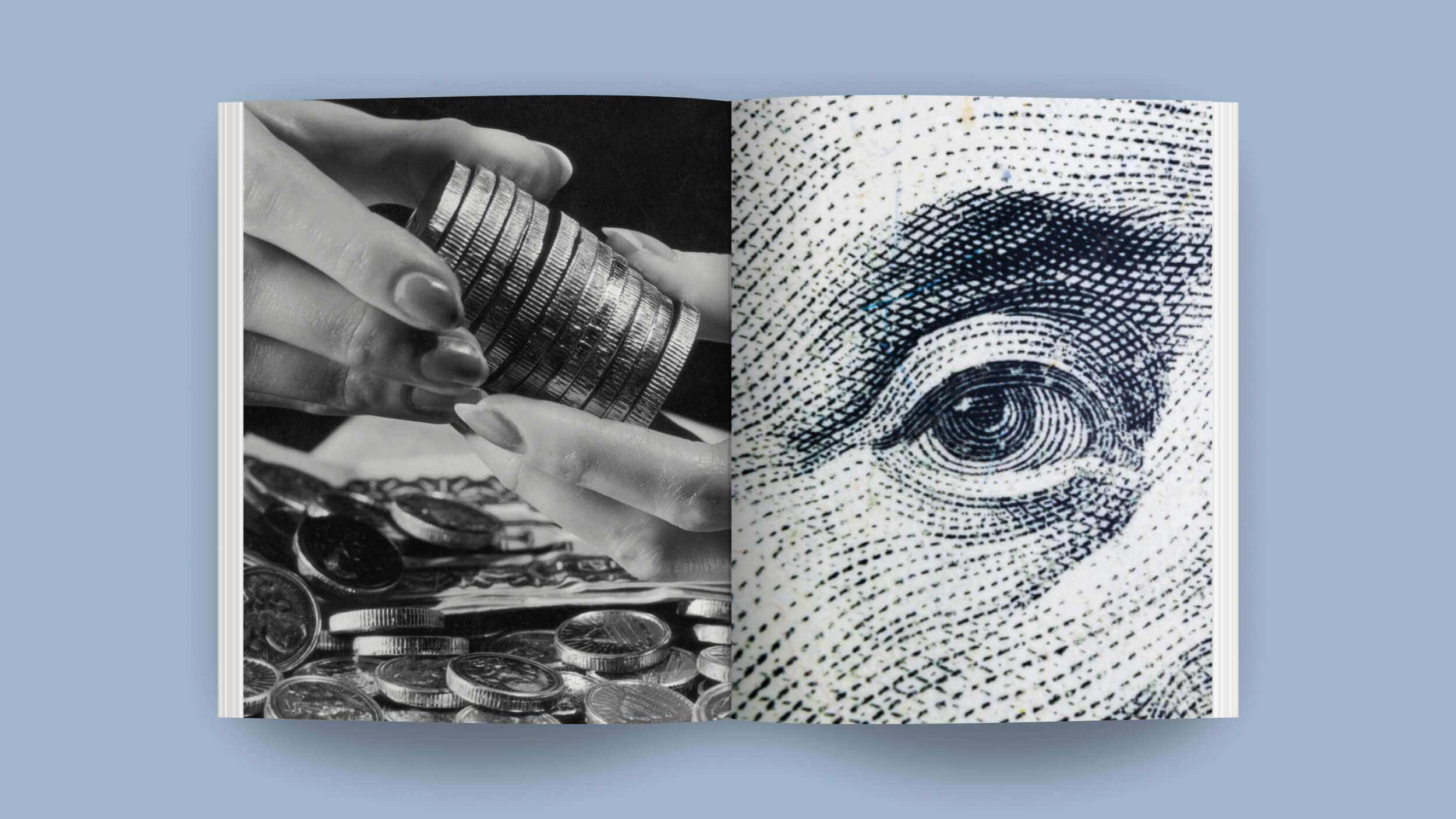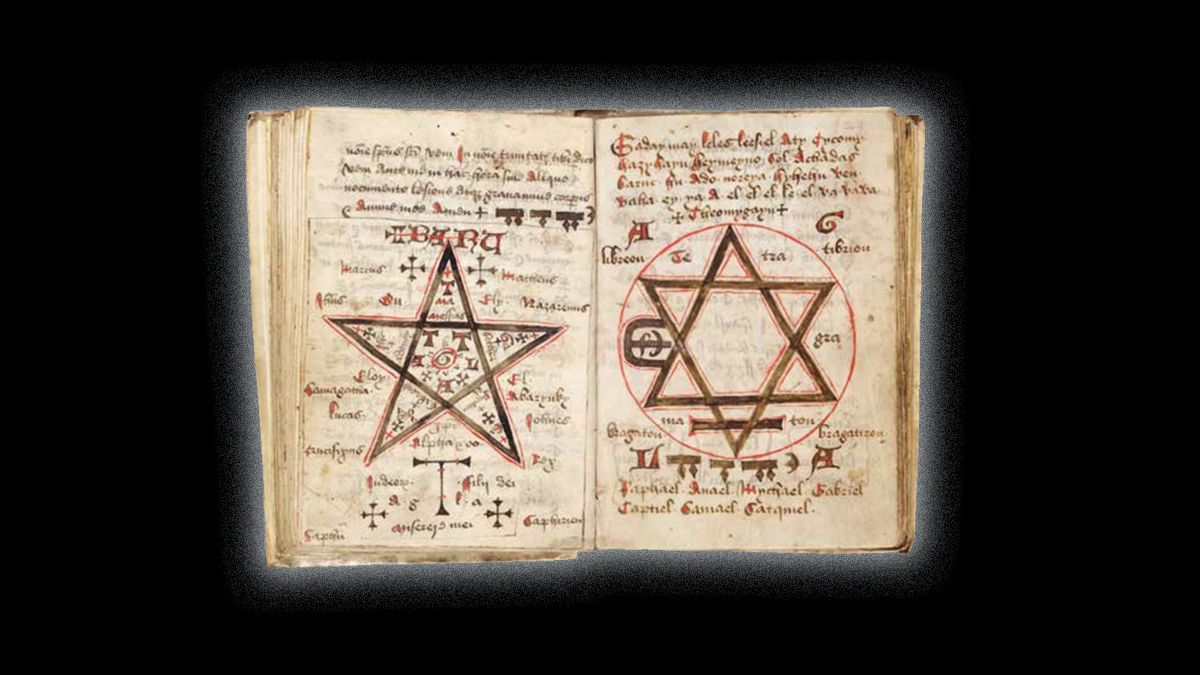Quarantine rule breakers in 17th-century Italy partied all night – and some clergy condemned the feasting

Hulton Archive/Getty Images
Since the beginning of the COVID-19 pandemic, conflicts between religious freedom and public health regulations have been playing out in courts around the world.
Churches from California to Maine have flouted public health orders by convening in person, indoors, unmasked and accompanied by choirs. When an underground church in South Korea seeded one of the country’s largest outbreaks in February, the government responded by arresting its leader for obstructing contact tracers and violating public health regulations.
I am a historian of science and religion in the Renaissance, and what strikes me as remarkable about the current moment is not that some religious communities are defying public health measures, but that so many religious institutions and individuals are piously working to implement them.
Historical accounts from 17th-century outbreaks of plague in Italy reveal both tensions between religious and public health authorities and also examples for collaboration.
Sites of conflict
In the summer of 1630, a plague epidemic packed the plague hospitals known as “lazaretti” with over 15,000 people in Milan. Smaller towns also faced outbreaks that taxed their community resources.
In the Tuscan town of Prato, public health officials were beginning to doubt the wisdom of treating plague patients at the “lazaretto” located within the city walls. They feared a risk of further infection if the healthy were in such close proximity to the sick.
The city officials needed to identify an alternative location that was far enough to keep the city safe, but close enough that they could conveniently move the sick patients. They determined that the Convent of St. Anne, located a couple of kilometers outside town, should serve as the lazaretto and requisitioned it.
The seizure of church property by the nominally secular powers of the Tuscan grand duke infuriated the friars of St. Anne. They petitioned Grand Duke Ferdinando II de’ Medici to overturn the act, but he ignored their objections.
This was not because the grand duke was persecuting Catholics – he ruled a Catholic state, and two of his brothers became cardinals. However, during this outbreak of plague, it appeared that the grand duke deemed such emergency measures to be a necessity.
Limits to jurisdiction
However, the grand duke’s jurisdiction did have limits. In late-Renaissance cities, civil authorities could punish citizens for public health infractions, but they did not have direct authority over the clergy.
When a priest in Florence broke quarantine by staying out late at night drinking and playing guitar with family members, the health board punished his sisters but not him.
To discipline priests who broke public health laws, civil authorities had to petition local church officials, like bishops, to intervene. For example, as the plague spread in the Tuscan city of Pistoia in September 1630, public health officers resolved to broach with the archbishop the possibility of emptying the fonts of holy water in case they were spreading disease.
Although no records confirm the outcome, throughout this epidemic the archbishop of Florence repeatedly reinforced the importance of the policies of secular health commissioners.
State and religious officials alike were concerned about plague spreading through air, water and wine and curtailed traditional activities to minimize contagion.
Case of Father Dragoni
Much like today, when civil authorities canceled religious services and ceremonies, local protests ensued.
During the plague outbreak of 1631 in the small Tuscan town of Monte Lupo, a fight broke out between the guards tasked with preventing gatherings and a group of armed civilians from the surrounding countryside and their parish priest.
The worshipers insisted on congregating to pray at the crucifix in the local church and threatened to shoot with an arquebus – a long gun used during the Renaissance period – anyone who got in their way.
The health officer tasked with managing the delicate situation at Monte Lupo was a 60-year-old Dominican friar, Father Giovanni Dragoni, who was both a public health officer and a member of the clergy.
Father Dragoni was stated to be furious with the parish priest for his disregard for the public health measures. He promptly dispatched a message to the regional health commissioner: “It is necessary to take measures against these agitators of the people. The evidence is serious, and … the reverend parish priest is largely responsible for these uprisings.”
Father Dragoni was unable to prevent the parish priest and congregants from gathering and feasting. He found himself further burdened the next morning with sorting out the events that had followed the procession, when prayer and feasts had turned into late-night drunken parties of revelers who tore down part of the wooden stockade that had been erected to enforce the quarantine.
When the plague outbreak finally ended and the town reopened, Father Dragoni offered the following report on his own actions: “I have not acted unjustly and have accompanied severity with compassion and charity. … In more than a year that I have held this office, no one has died without sacrament or confession.”
In a period that has been characterized by faith’s opposition to science, Father Dragoni demonstrated through his actions that carrying out public health measures and God’s sacraments went hand in hand.
Then and now
Four centuries later, there are similar examples of religious resistance to public health measures and striking examples of religious collaboration with public health regulations.
Although there are instances of church leaders rallying congregants against public health measures, there are far more examples of people and institutions who, like Father Dragoni, bring together religious devotion and disease control.
When the coronavirus swept into Italy in February, the patriarch of Venice – the bishop – promptly complied with the government’s edict to cancel Masses, eagerly doing his part to stem the epidemic. And in the Italian churches around Turin that remained open for private prayer, the cisterns of holy water were promptly emptied.
To be clear, there is a long history of religious resistance to public health measures during disease outbreaks. But cooperation between church and state in attempting to stem the spread of disease has its precedents too.
Hannah Marcus, Assistant Professor, Department of the History of Science, Harvard University
This article is republished from The Conversation under a Creative Commons license. Read the original article.





